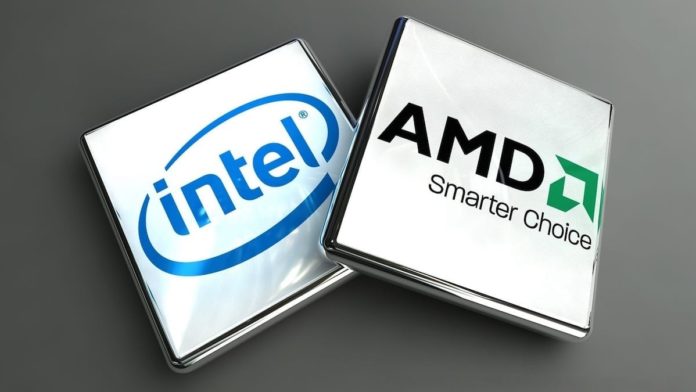Intel had released a set of benchmarks for the mitigation to the latest round of vulnerabilities. On the other hand, Phoronix, a Linux news publication, conducted its own round of testing and came across certain interesting results. They discovered that the fixes to vulnerabilities reduced Intel’s performance by 16%, with Hyper-Threading enabled. Meanwhile, AMD only incurred losses
These mitigations reduce the gap in performance between the Intel and AMD chips. The execution of the Intel Core i7-8700K, i9-7980XE and AMD Ryzen 7 2700X, Threadripper 2990WX processors are very much comparable due to this.

You might like:
- AMD Radeon VII vs NVIDIA GeForce RTX 2080 Benchmarks [Post Game-Ready Driver Update]
- Next-Gen NVIDIA Titan Graphics Card or Turing Refresh Coming: “Super” Teaser Out
Intel chips are performing worse with Hyper-Threading disabled. Keeping HT switched off is highly recommended by companies such as Apple and Google in order to keep the Intel chips completely safe from vulnerabilities such as Spectre and Meltdown. During testing, disabling HT reduced performance by almost 50%. AMD is also vulnerable to certain variants of Spectre, but their loss in performance was a relatively low 3%. Their processors don’t have any security faults when simultaneous Multi-Threading is enabled and are mostly immune to the latest round of vulnerabilities.
With the current rise in competitive pressure from AMD, due to their 7nm chips releasing soon, Intel is going to have to do a better job at keeping their performances high after these security patches. The next generation AMD processors will surely be faster and may affect the PC market.
According to Phoronix:
“While there are minor differences between the systems to consider, the mitigation impact is enough to draw the Core i7-8700K much closer to the Ryzen 7 2700X,” which bodes well for AMD’s 7nm Ryzen 3000 CPUs. Although Intel may retain the gaming crown, AMD’s potential improvements in clock speed, IPC, and core count (with Ryzen 3000 theoretically capping out at a staggering 16 cores) will certainly make for an interesting competition in the coming months.
Further Reading:


